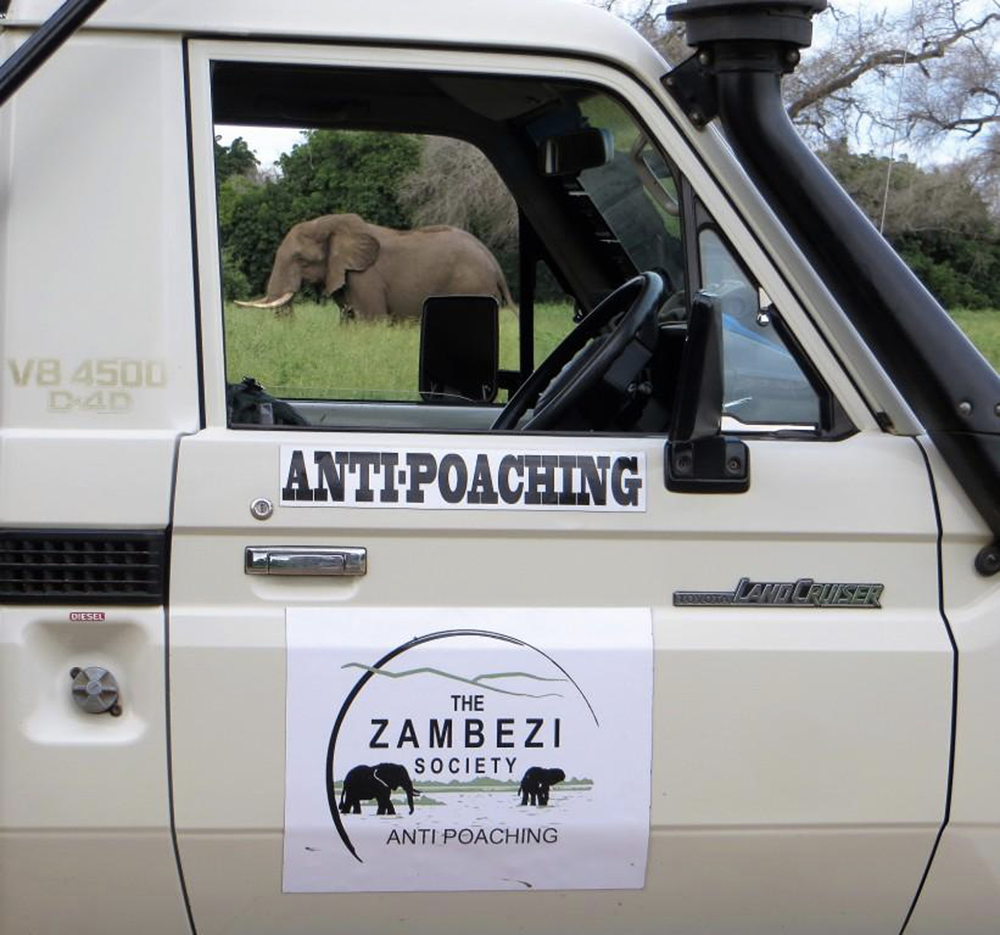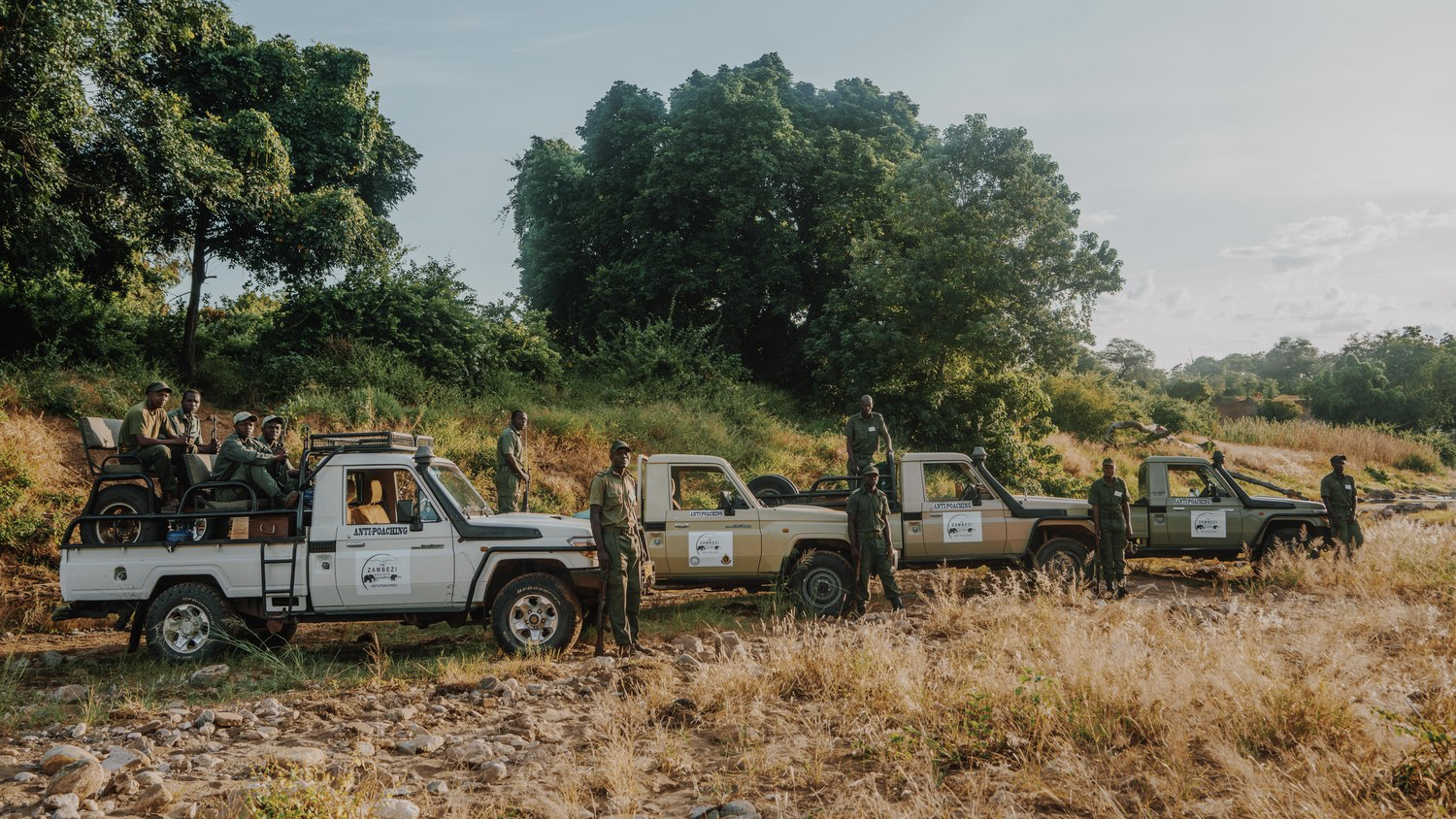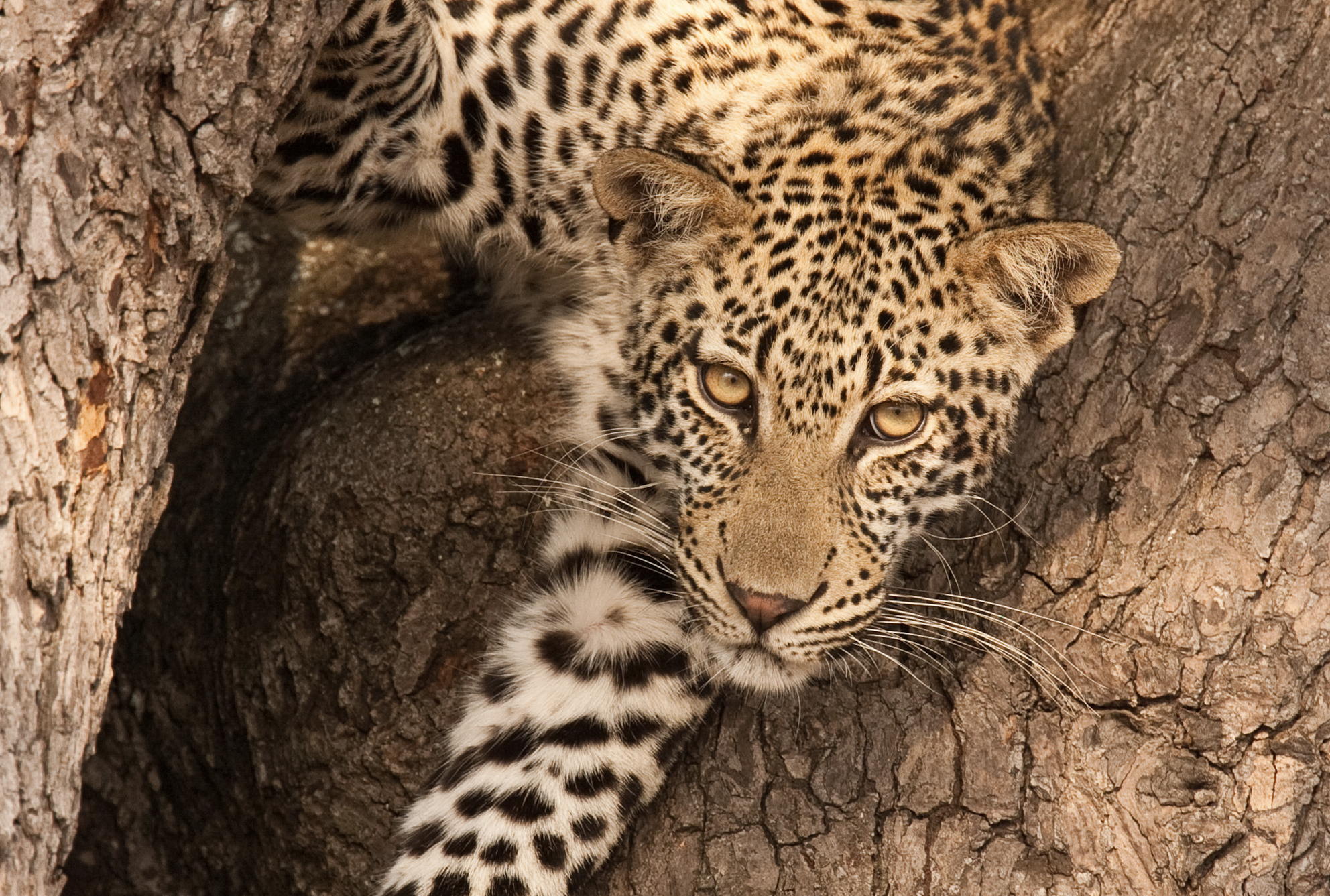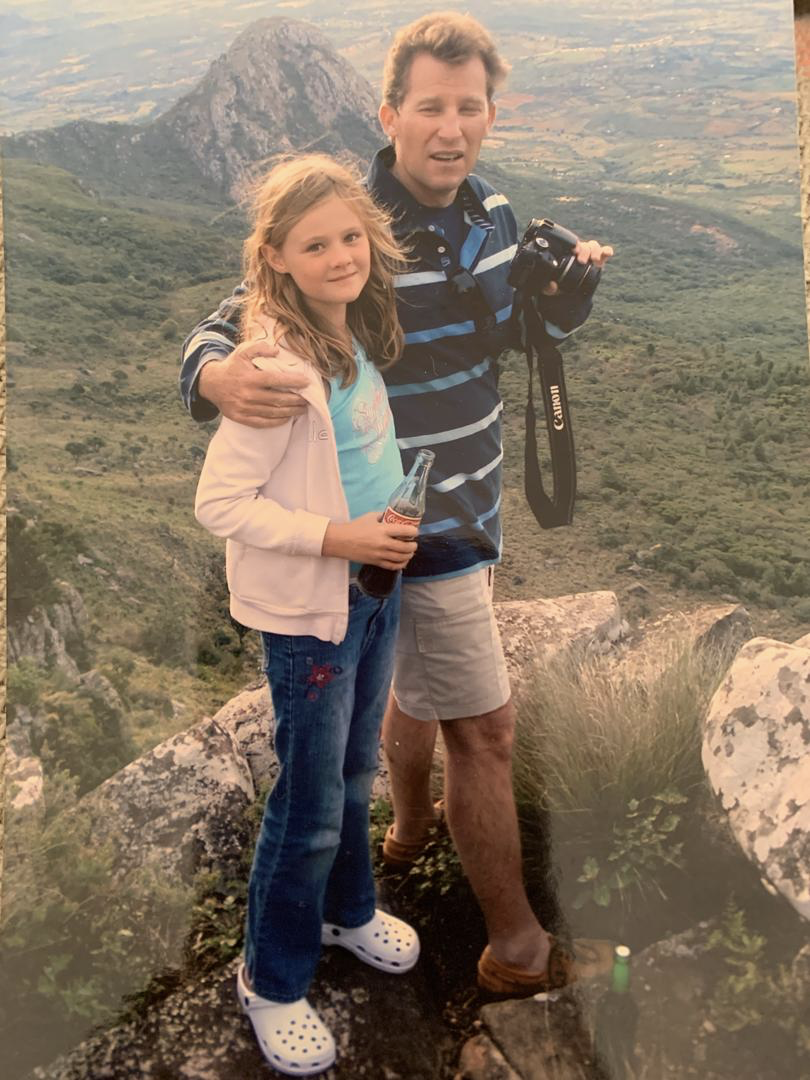I have always wanted to understand more of what my Godfather does and so decided to take the opportunity to interview him for one of my blogs.
Who do you work for and what is their role in Conservation in Zimbabwe?
I work with the Zambezi Society(ZAMSOC) which is a Zimbabwe based conservation organisation.
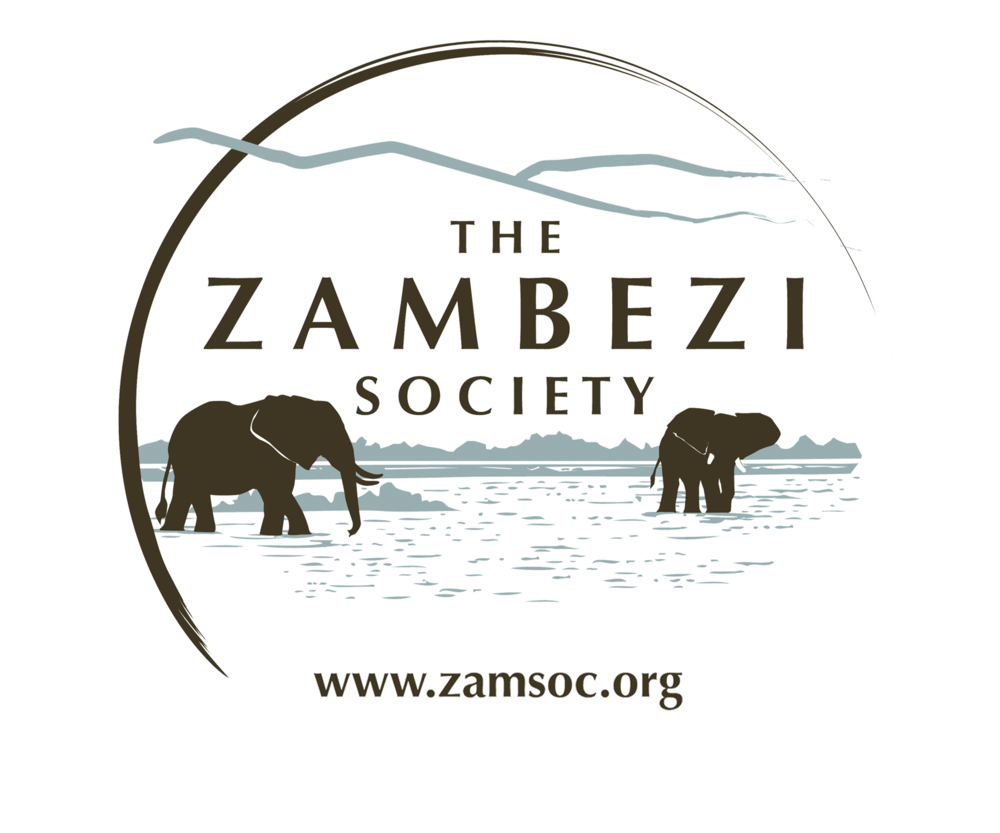
ZAMSOC was formed in the early 1980s for the purpose of lobbying against the proposed damming of the Mupata and Batoka Gorges on the Zambezi River. This lobbying effort was successful and led to lobbying against other undesirable developments within the Zambezi catchment, most recently, the proposed mining of heavy metals in the Rukomeche, Sapi and Chewore rivers in the Valley.
At about the same time ZAMSOC started to get involved in operations on the ground in Matusadona and Mana Pools National Parks. Our role in these areas has always been in a support capacity to the Zimbabwe Parks and Wildlife Management Authority (ZPWMA). This has involved providing both material and logistical support as well as practical, operational support on the ground.
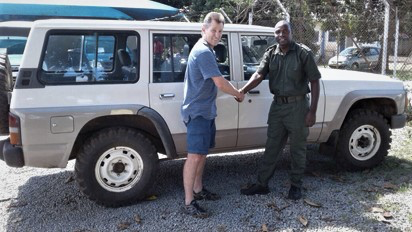
At the request of the ZPWMA, ZAMSOC has taken the role of lead implementation agency for private-sector conservation activities in the Zambezi Valley but we collaborate with a large number of conservation and tourism organisations operating in the area, through Z-CAN (the Zambezi Conservation Alliance Network) and channel funding for the specific activities of a few of them through The Zambezi Elephant Fund (ZEF).
What made you want to become a Conservationalist?
I’ve always had a passion for wild places, wildlife and conservation. I suppose this was triggered from an early age going to places like Matusadona, Mana Pools and other Parks in and around Zimbabwe. When our farms were taken in the land seizures and we were forced to relocate to town I found myself with the opportunity to get actively involved in conservation.
ZAMSOC covers the whole of the Zambezi Valley but it would seem that you spend most of your time in Matusadona.
Historically our main areas of focus have always been the Matusadona and Mana Pools National Parks but in recent times we have shifted to more of a ‘landscape’ approach whilst still paying special attention to those two areas. Our anti-poaching initiatives are very much ‘landscape’ initiatives. Once such initiative was our partnering with the Wildlife Conservation Research Unit (Oxford) in various research projects, including the Zimbabwe Leopard Project which ran from 2010 to 2013. Our role in these projects was to provide both logistical and practical support on the ground. Initially my role was as Operations Manager overseeing our ZPWMA support operations as well as overseeing, and very often carry out, our work with WildCRU (Oxford).
Over the last three years ZAMSOC has expanded quite significantly taking on more staff with the various roles becoming more specialised. With these new developments my role has shifted to co-ordinating our ‘Combating Wildlife Crime’ initiative. This initiative is a collaboration between ZAMSOC and the International Anti-Poaching Foundation (IAPF). This is a ‘landscape’ model which involves collaborating with other anti-poaching initiatives and very often playing a co-ordinating role.
Out of all your many years of conservation, what moment has stuck with you the most?
Over the years I’ve had some amazing experiences in the bush and it’s been an absolute privilege to have had the opportunities that I’ve had to spend time in these very special places. The more time I spend out there the more I love being out there and I try not to ever take it for granted.
Overseeing the camera trap programme in Matusadona gave me an insight into the lives of various species which very few people get to witness. For example, following a female leopard and her three very small cubs, routinely visiting a water hole, and following their progress and demise. Initially three cubs then, after a month or so, down to two and then just one.
I have also had the privilege of getting to know, and sometimes to work alongside, some exceptional people involved in conservation in different ways. Some of them from my own organisation, some from other organisations and some from government departments. Knowing that these people are out there contributing to the cause helps to keep me motivated when the chips are down.
Unfortunately, there is a downside to being involved in conservation and that is the constant threat of poaching and from time to time witnessing first-hand the results of poachers handy work. Coming across the carcasses of poached elephant, with their faces cut off in order to remove the tusks, is always very traumatic and something that you never forget
Pete and many others within these conservation groups play a vital role in conserving Zimbabwe’s spectacular wildlife. A very challenging job, and very much applauded job. Without these men and the challenges they face day to day, African wildlife would be in far greater danger. I am so lucky to have Pete as my godfather. His work and passion is admirable and highly respected.
